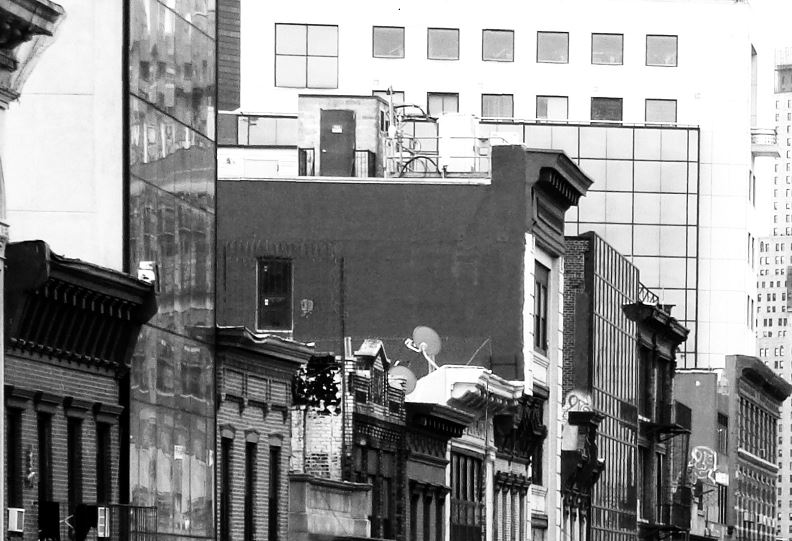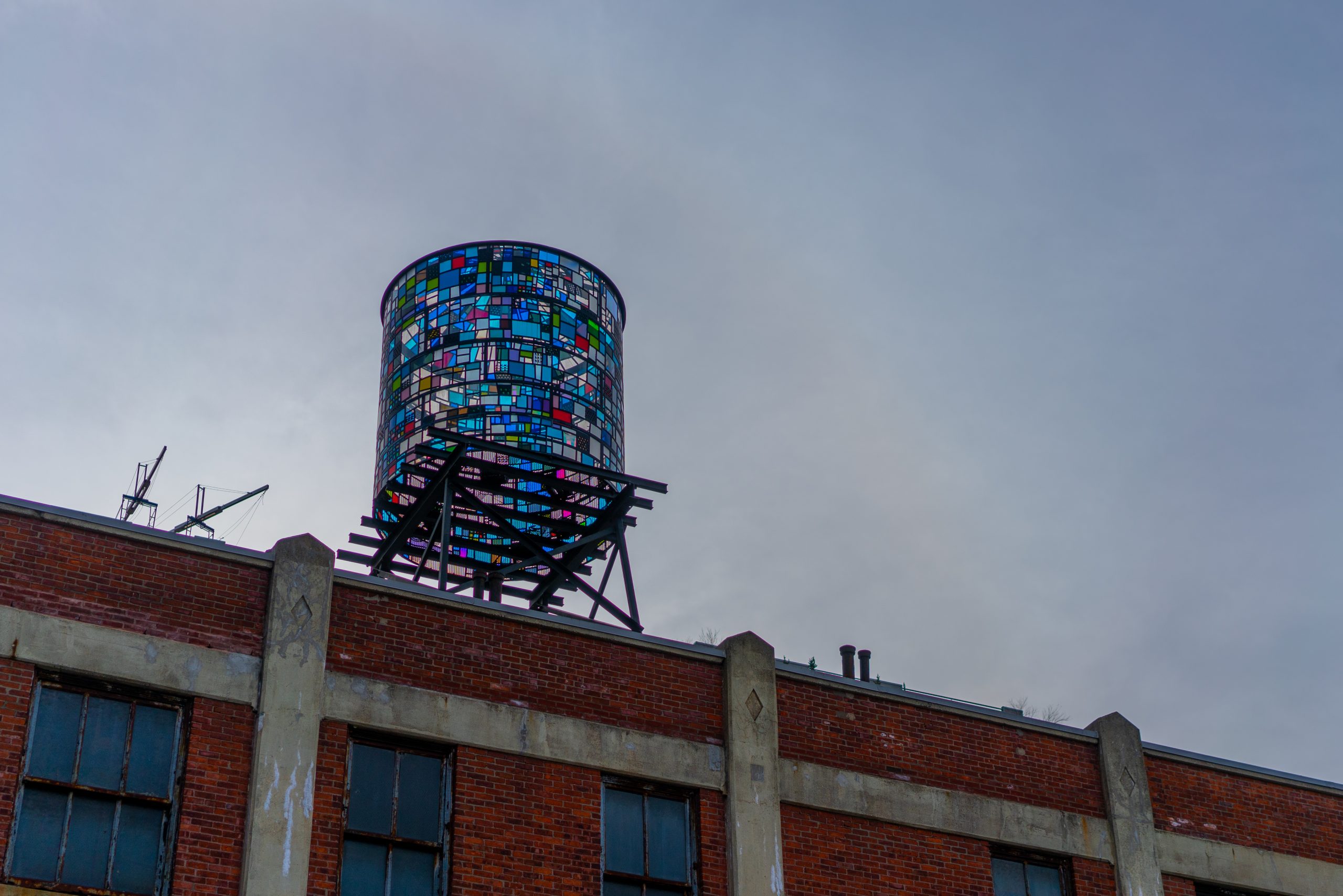A Conversation About the HSTPA – Michelle Itkowitz Interviewed by Holm & O’Hara
November 12, 2019
Michelle Itkowitz was honored to be interviewed by the folks at Holm & O’Hara, the go-to New York City firm for commercial real estate investors, closely-held businesses, corporations and their owners. H&O wanted to know all about the Housing Stability and Tenant Protection Act of 2019, so we spent some time talking about it. Here is a link to the interview and the full text is below.
A Conversation with Landlord Tenant Attorney Michelle Maratto Itkowitz
New York’s Housing Stability and Tenant Protection Act of 2019 was signed into law on June 14, 2019. Real estate experts, investors, attorneys and pundits are still trying to make sense of what it means for New York’s rental real estate market. In this second article on the law’s impact on investors in multifamily properties, Holm & O’Hara LLP spoke with Michelle Maratto Itkowitz, Esq., Partner in Itkowitz PLLC, a real estate litigation firm that represents both landlords and tenants and has a core practice in rent regulation issues.
How do you assess the new landscape for landlords?
It depends on the landlord.
On one hand, speculators who purchased multifamily buildings at very inflated prices and planned to dramatically increase the rent rolls through various means are facing a grim landscape. These people typically tried to get rent stabilized tenants out—either through legal action or through buyouts—and then used vacancy increases, Individual Apartment Improvements (IAIs)* and Major Capital Improvements (MCIs)* to raise rents quickly. There are no longer any vacancy increases, IAIs are limited to $83.33 per month, and the return on MCIs has also been sharply limited. Quite simply, the rent roll of these buildings will increase in very small annual increments. It’s going to be impossible for speculative investors to get the rate of return they hoped for and some may even have a tough time recouping their capital.
On the other hand, long-term multifamily owners with small mortgages and buildings in good physical condition will certainly continue to make money on their assets. They will just make less profit. Many of my landlord clients are folks like these who run conservative portfolios and treat multifamily as a long-term business, not a speculative investment.
There is another category of multifamily owner that no one is talking much about: those with smaller multifamily buildings who actually live in them. I know about them because I represent a lot of them. Sometimes they live in one or two apartments, their adult kids have an apartment, there is often an apartment or two empty, and one or two remaining rent stabilized tenants. In these scenarios, there is usually little or no mortgage. You would be really surprised how many buildings there are like this all over the city. Often these buildings are sort of between generations; the parents are not done living in New York City, so they are not ready to hand the properties over to their children, and the children are not ready to take over. Many owners of such buildings have taken a wait and see approach, minimizing capital outlays and keeping apartments empty when tenants leave. These buildings could be in pretty big trouble under the new law because their legal rent rolls have stagnated. Under the new law, short of a Substantial Rehabilitation* these buildings almost cannot be run as rentals in the future because the profit margins would be too low to offset the work involved in managing them, and it would certainly be impossible to quickly recover the cost of renovating empty apartments to make them attractive to new tenants.
And for tenants?
Obviously, it’s a great time to be a rent stabilized tenant. But that’s not the important story. The big news is that there are about 250,000 (my estimate) illegally deregulated apartments being treated as free market, nestled in these multifamily buildings. For tenants in these apartments, it’s going to be a huge boom.
What do you mean that there will be a “huge boom” for the tenants of illegally deregulated apartments that are being treated as free market? And what are you suggesting that means for landlords?
There is an entire group of lawyers who are going to dedicate their time to bringing actions on illegally deregulated apartments. These are contingency-fee lawyers who previously represented tenants in buyouts. They have lost that livelihood with this change, but they are now going to put their talents to new use. Now they will represent tenants on contingency fees for rent overcharges. Rent overcharges, especially on illegal deregulations, just got MUCH more lucrative under the new laws.
Why are rent overcharges, especially on illegal deregulations, much more lucrative under the new laws?
Courts and DHCR were always allowed to look back as far as they wanted when trying to figure out if an apartment was illegally deregulated. But there was a four-year statute of limitations on bringing an overcharge claim, so it often wasn’t worthwhile for tenants to bother with testing their apartments’ regulatory status. And neither the courts nor DHCR typically examine regulatory status unless someone brings an action. Under the new laws, there is no longer a statute of limitations on bringing an overcharge claim. Furthermore, tenants now get six years of damages, and if the overcharge is found to be willful (which they almost always are), the damages for those six years are tripled.
Let’s look at an example, not too unlike some actual cases that have come to my office recently. Suppose a tenant has been paying an average rent of $4,200 a month for the last six years, but the apartment should have been rent stabilized and the legal rent is really $1,300 a month. If you do the math—$2,900 a month times 72 months times 3–that’s a $626,000 case! Plus interest. Plus MANDATORY attorney’s fees for the tenant. And the liability travels with the land—regardless of current ownership–so you can always recoup the award by attaching the building’s bank account. Heck, if the award is big enough and the building small enough, the tenant could possibly have the property auctioned. This has the potential to be a real nightmare for building owners who illegally deregulated or who bought buildings with illegally deregulated apartments.
What can landlords do to protect themselves against allegations that they—or their predecessors—illegally deregulated units?
I always say to landlords, the sooner you take your medicine, the less bitter it’s going to be. When the Roberts vs. Tishman ruling put a bunch of J51 apartments back into regulation, proactive landlords went to their tenants instead of waiting for the tenants to come to them. In this instance, I would say, be strategic. Go back to your tenants and say that you have made a mistake and outline your plan of correction. It will be better for you if you send the same letter to everyone and make sure to have legal counsel prepare it. And no one should buy a multifamily building without doing Rent Stabilization Due Diligence with someone qualified to analyze this data—like me. You need to work with someone who will separately analyze each apartment and, in writing, provide you with a PERCENTAGE likelihood that a unit is illegally deregulated and an explanation of the findings.
Are all multifamily owners with illegally deregulated apartments guaranteed to get caught?
Eventually. Remember, the new law incentivizes free-market renters (whose rents are going up because of the freeze on the rent stabilized rents) and their contingency-fee lawyers to test their regulatory status. I see it more and more every day. And the new statute requires DHCR to step up its random audits of landlords and enforcement of violations.
What about federal court action being brought by landlords?
The key question there is whether this is a taking of private property for public use without adequate compensation to the owner of the property. In previous rulings, the courts decided that rent regulations were not a taking; it was still your real estate, you could live there, warehouse the apartments instead of renting them out or knock the building down. Rent stabilization used to be about price controls in the face of a time-limited housing emergency. This new brand version of rent stabilization is somewhat different. Although the new laws don’t eliminate an owner’s right to warehouse, they do put serious limitations on the ability to live in your own building. You can only take one unit. The ability to increase the rent as costs increase is subject to the political climate and action by the Rent Guidelines Board. And the new laws are not created in response to a public housing emergency that will be looked at again in three years; rent stabilization is simply the law of the land now. Add to that the fact that rent stabilization is not a needs-based program. I am not a constitutional scholar, but I will say this much. I would not be shocked if this law is overturned, although it will likely take years before we know for certain. Where we go from there, I have no idea.
What about applying to DHCR for permission not to renew Rent Stabilized leases because you are going to build a brand new building with more housing on the site? Is that still an option?
Still an option, yes, and I think you will see a lot more of these applications now. But this is also still not an easy option. You need APPROVED plans from the NYC Department of Buildings for a NEW building. That takes a lot of money and a lot of time. You need a commitment from a real bank showing you can finance the project. Then you need to apply to DHCR. DHCR is inundated and seems to move more slowly all the time. If and when you win at DHCR (which can take you a couple of years), there are at least two appellate levels, adding on another three years. Once you have a final determination, you still need to pay the tenants large stipends determined by statute. If the tenants lose public benefits on account of the stipend, then you must relocate the tenants to equivalent or superior housing in the same neighborhood. In other words, these new building applications are not easy, quick or cheap. Oh, and don’t forget that a new building gets a new tax assessment. So you will probably need 421-a, which means you are right back in rent stabilization where you started! Again, the Substantial Rehabilitation option is an easier path to deregulation, although certainly not easy.
What do you think are the longer-term trends if the laws hold up in court?
We are going to see a lot of buildings trading hands—going back from new investors to those who are more experienced in the rental business. And I will end on a somewhat optimistic note. Maybe taking out the incentive for getting rid of rent stabilized tenants will increase trust among landlords and tenants. The new environment may lead to more creativity in coming up with mutually-beneficial arrangements. At the end of the day, landlords and tenants will always need one another. Tenants need landlords because they provide the housing and the tenants are the landlords’ customers. However it unfolds, it’s going to be interesting!
*Glossary: Rent Stabilization Terms of Art
Below are brief definitions—in lay terms—of three terms of art used in this article. They are provided for purposes of information and clarity only, and do not address all of the inherent legal nuances.
- Individual Apartment Improvements (IAIs): Improvements made to individual apartments beyond those required to ensure habitability.
- Major Capital Improvements (MCIs): Enhancements or replacements of major building systems or amenities.
- Substantial Rehabilitation: Significant rehabilitation of a building that has deteriorated, encompassing complete replacement of at least 75% of designated major building systems, along with replacement of ceilings, flooring and walls in common areas and “making new” of ceilings, flooring and walls in individual apartments.






